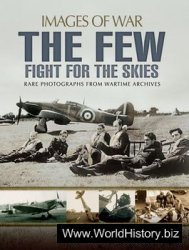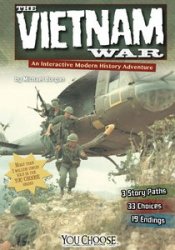Hitler’s personal interest in the detailed planning is shown by the meeting he held at the Reich chancellery in November 1939. He instructed the Abwehr (military intelligence) to prepare plans for seizing the bridges over the Maas before the Dutch had a chance to demolish them. The nature of the task and its timing indicated that it could only be accomplished by men dressed in Dutch uniforms.
Meanwhile, the Dutch Foreign Minister revealed that Dutch uniforms were being smuggled into Germany. A German agent was arrested in Belgium with Belgian uniforms. Although the authorities in Belgium and Holland were not suspicious enough to issue any special orders to their frontier guards, the general public got the idea right away. A Flemish newspaper even published a cartoon in which Goring was seen admiring himself in the uniform of a Brussels tram conductor.
The plans were very elaborate and included code words and countersigns, sealed envelopes, and the instant recruitment of German locomotive crews who were given Wehrmacht armbands, steel helmets, gas masks, and identity cards and suddenly found themselves in the very forefront of the German attack.
Only at Gennep did the scheme work. Two trains—one armored followed by a troop train—went over the bridge into the fortified Peel Line. Soldiers from the train then attacked the blockhouses from the rear, while more Germans came over the border.
Some Brandenburgers (the army battalion usually assigned to Abwehr operations) worked closely with about thirty Dutch Fascists to prepare details of the raid.39 Two men, dressed as Dutch military policemen, crossed the bridge on foot escorting men they said were German prisoners. (Whether any of these escorts were Dutch is still argued.) The men in Dutch uniforms spoke enough Dutch to allay the fears of the frontier guards. While they were talking, the grotesquelooking armored train—preceded by two flatcars mounted with machine guns—started to move. The Dutch defenders were overpowered and the bridge captured intact. The Brandenburg unit commander was awarded one of the first Knight’s Crosses of the war.
However, after that things did not go as smoothly as planned. The Dutch in the fortifications put up enough resistance for the Germans to call for heavy artillery. When it came, the horses drawing the guns got their hoofs caught in the planking used to cover the rails on the bridge. There was a whole day of fighting before the road was clear.
Over the bridge then moved the largely Austrian 9.Pz. Div and its Austrian commander. Dr. Ritter von Hubicki. It was supported by motorized infantry of the SS-Verfiigungsdivision. Although under the army’s tactical instructions, the Waffen-SS were fast becoming a separate military force of the sort that the army had once feared the SA would become.
The panzer division and its motorized SS infantry moved west along the southern side of a complex of three rivers. The Maas (Meuse), the Waal (Rhine), and the Lek, which flows to Rotterdam, together made a barrier behind which the Dutch were expected to withdraw when they formed Vesting Holland (Fortress Holland). Their great cities were immediately to the north of these rivers, and the shape of the Ijsselmeer would give defenders a good chance of holding off an attack indefinitely along the narrow front that would remain. For a narrow front nullifies the advantage of strength; two strong men can hold off a battalion of infantry if they are fighting in an office corridor.




 World History
World History









